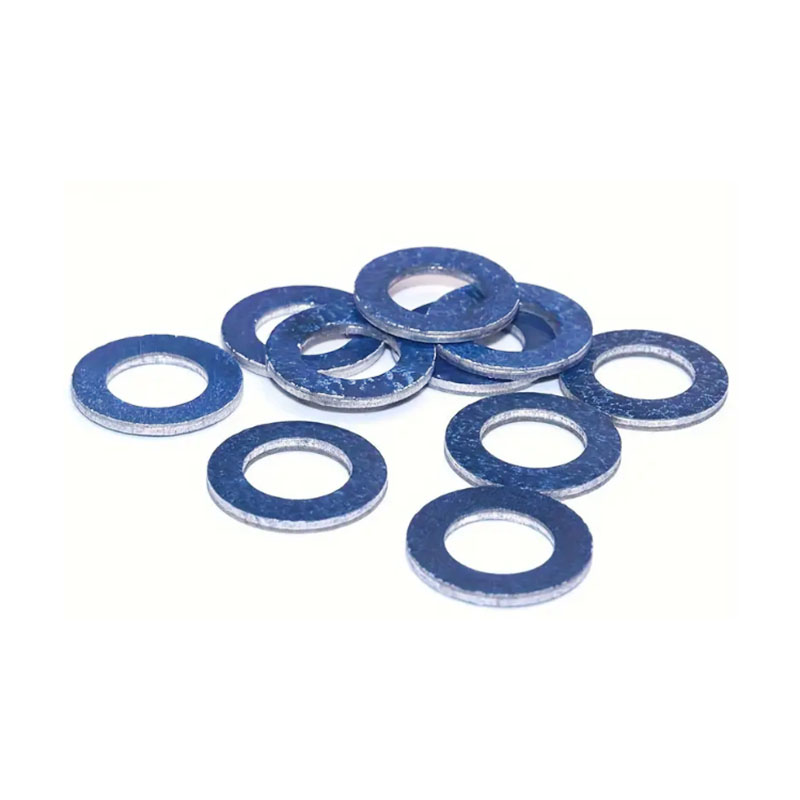Understanding the Importance of Torque Converter Shaft Seal in Vehicle Performance and Maintenance
Understanding Torque Converter Shaft Seals
Torque converters are essential components in automatic transmission systems, providing a smooth driving experience by enabling seamless gear shifts without driver intervention. One critical yet often overlooked part of this system is the torque converter shaft seal. Understanding its function, importance, and maintenance can greatly contribute to the longevity and efficiency of your vehicle.
What is a Torque Converter Shaft Seal?
The torque converter shaft seal is a rubber or polymer component designed to create a leak-proof barrier between the torque converter and the transmission system. It resides at the interface where the input shaft of the torque converter connects with the transmission, acting as a shield against fluid leakage. This seal is indispensable in keeping the transmission fluid contained within the system, which lubricates and cools the components, ensuring optimal performance.
The Importance of Torque Converter Shaft Seals
The primary function of the shaft seal is to prevent transmission fluid from leaking into the engine bay or external environment. A functioning seal is crucial for maintaining appropriate fluid levels and pressure within the torque converter, which directly affects the converter's efficiency and the overall performance of the vehicle.
Beyond just containing the fluid, the seal also plays a vital role in preventing contaminants from entering the transmission system. Dirt, dust, and debris can lead to wear and tear on the components inside the torque converter. Over time, contaminated transmission fluid can cause significant damage, leading to costly repairs or even total transmission failure.
Signs of a Failing Torque Converter Shaft Seal
Like any component, torque converter shaft seals can wear out over time. Recognizing the early signs of wear can save vehicle owners from extensive repairs. Some common symptoms of a failing torque converter shaft seal include
torque converter shaft seal

1. Fluid Leaks One of the most apparent signs is the presence of transmission fluid pooling under the vehicle. If you notice a reddish fluid leaking from underneath your car, it could indicate a failing seal.
2. Transmission Slippage A compromised seal can lead to a drop in fluid pressure, causing the transmission to slip or hesitate during acceleration.
3. Overheating Insufficient fluid levels due to leaks may cause the transmission to overheat. This can lead to further damage and necessitate more expensive repairs.
4. Unusual Noises Grinding or whining noises while the vehicle is in motion can also indicate transmission issues, potentially linked to a faulty torque converter or seal.
Maintenance and Replacement
Regular maintenance is key to extending the life of your torque converter shaft seal. Transmission fluid should be checked and changed at the intervals recommended in your vehicle's owner manual. Keeping the fluid clean and at the correct level helps maintain pressure and prevents premature wear on the seal.
If you suspect that your torque converter shaft seal is failing, it’s crucial to address it promptly. A mechanic typically has the expertise to diagnose the issue accurately and may recommend replacement, which involves draining the fluid, removing the old seal, and installing a new one. While it can be a labor-intensive process, it’s essential for the continued health of your transmission.
Conclusion
The torque converter shaft seal may be a small component, but its impact on the overall functionality of the transmission system is substantial. Regular maintenance and awareness of potential issues can prevent minor problems from escalating into significant, costly repairs. By taking the time to understand and care for this crucial part of your vehicle, you can ensure a smoother, more reliable driving experience.
-
Understanding Automotive Oil Seals: Essential Components for Engine and Shaft Protection
News Jul.30,2025
-
The Importance of Heavy Duty Seals in Industrial and Residential Applications
News Jul.30,2025
-
Exploring Industrial Oil Seals: From Felt Oil Seals to TTO and CFW Solutions
News Jul.30,2025
-
Essential Guide to Oil Seals: From Radial to Metal-Cased Seals for Industrial Reliability
News Jul.30,2025
-
Choosing the Right Oil Seals and Gaskets for Industrial and Automotive Applications
News Jul.30,2025
-
Cassette Seals: Durable Sealing Solutions for Harsh Environments
News Jul.30,2025
-
Understanding the Front Main Engine Seal: Purpose, Maintenance, and Installation
News Jul.29,2025
Products categories















